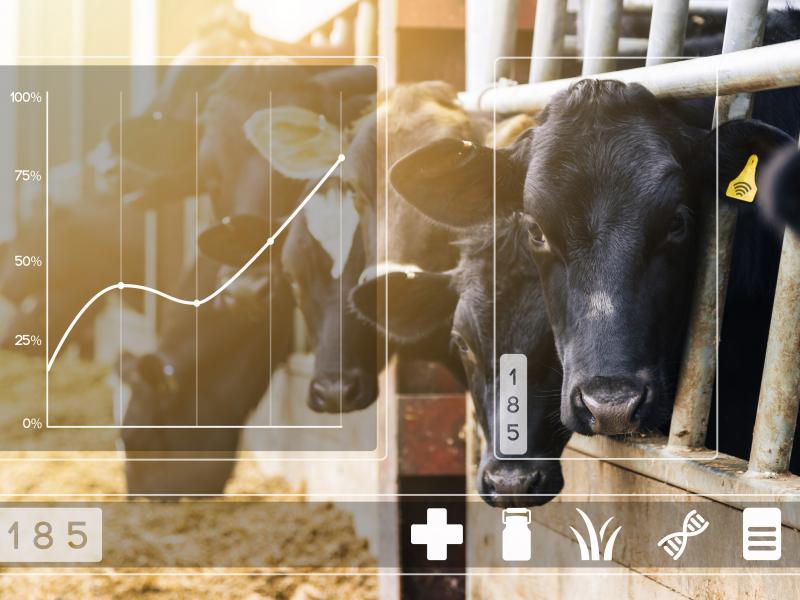Big data for disease and pest early warning

Description of the innovative solution
The Global Information and Early Warning System on Food and Agriculture was established in the early 1970s to monitor food security in all countries. The integration of big data into this system could enhance its predictive ability. Analysed data from satellites, hyperspectral imaging, sensors, and cloud computing could provide real-time understanding of disease and pests, allowing rapid corrective action. An example is the use of digital sensors to detect the presence of fruit fly. Using digital sensors to detect fruit fly compared with manual checking of fruit fly traps can greatly enhance...
The Global Information and Early Warning System on Food and Agriculture was established in the early 1970s to monitor food security in all countries. The integration of big data into this system could enhance its predictive ability. Analysed data from satellites, hyperspectral imaging, sensors, and cloud computing could provide real-time understanding of disease and pests, allowing rapid corrective action. An example is the use of digital sensors to detect the presence of fruit fly. Using digital sensors to detect fruit fly compared with manual checking of fruit fly traps can greatly enhance the speed in which the presence of fruit fly is known. This can result in more effective control of the pest. Another example is hyperspectral imaging has been recently been used to detect pathogens in meat, which can increase food safety. However, the accuracy of this technique is still insufficient and requires further research before it can be effectively used. While there is great potential for big data to enhance early warning systems for disease and pests, there are a number of associated issues and barriers to adoption that need to be overcome before its full potential can be realised.
Examples and additional resources
Real-world examples
See this solution in action in different contexts and settings around the world
RapidAIM fruit fly detection
European surveillance for infectious diseases
Additional resources
Learn more about this solution through studies, articles, business cases, and other information
Big Data in Agriculture
Early Warning Analysis Technology
Contacts
Connect to others working on and with this solution around the world
Pathways to uptake
Engage with our “backcasting tool” to imagine and design “pathways to uptake” for this solution in your setting.
This process involves defining a future vision of this solution being used in your context, and then working “backwards” to identify necessary steps to achieve this vision by 2030. Going through this exercise as an individual or with a team can help to clarify the WHAT/WHEN/HOW of moving a solution (or package of solutions) towards having major impact. We hope these pathways will inspire outside-of-the-box thinking, creative approaches, and actionable concrete steps to move ideas into action.
Pathway builder
Explore pathways for this solution
Be the first one and add a pathway for this solution!